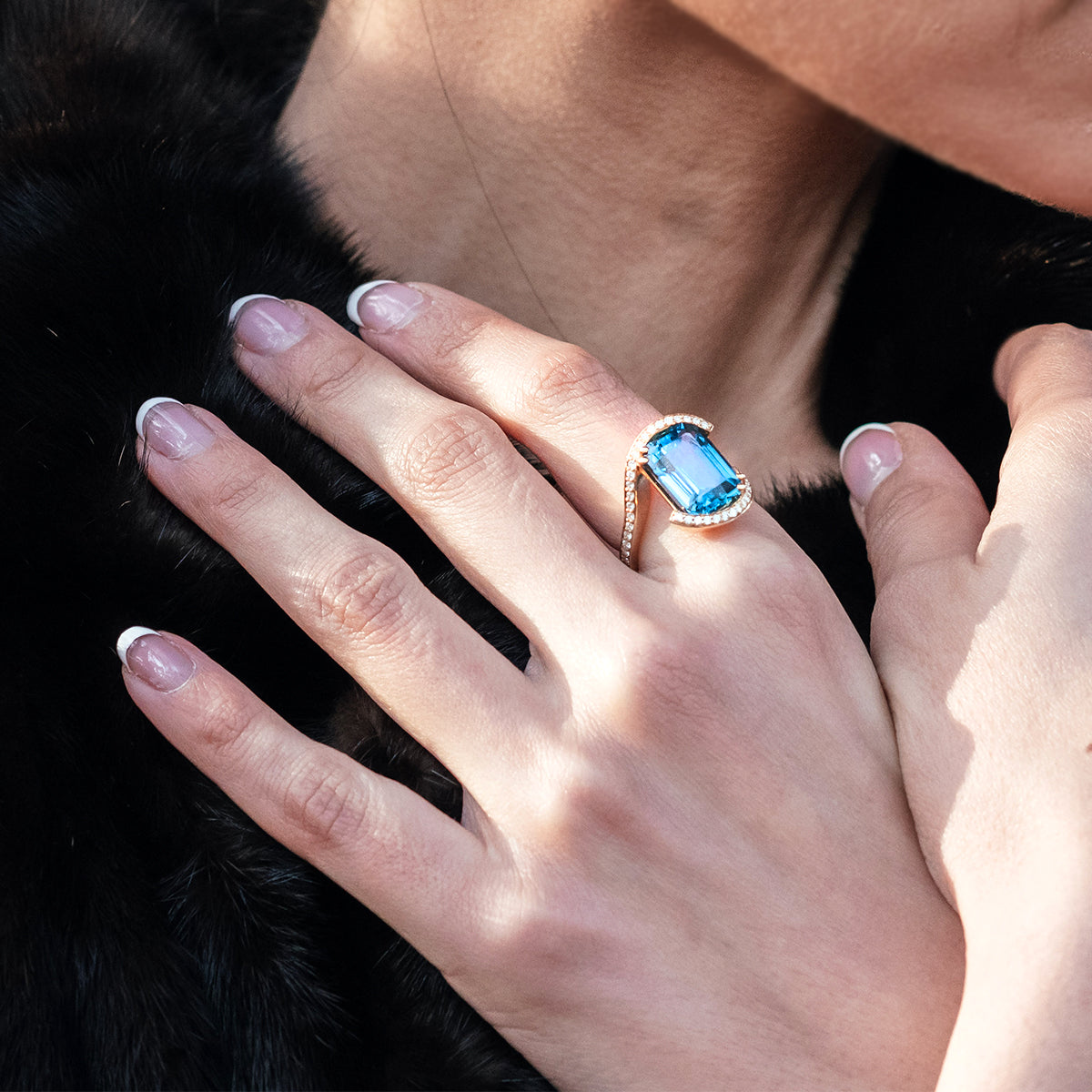Lab grown vs real diamonds
What do you think of lab grown diamonds? There’s change in the air in the world of diamonds...
Recently the diamond market has been flooded with lab grown diamonds. These are diamonds that are “grown” in a laboratory in a process that mirrors that of the natural world over millions of years. Thus, lab grown diamonds are, in their molecular structure exactly the same as “natural” diamonds. Both have the chemical formula C for carbon. Lab grown diamonds are not therefore “fake’ but they are actual diamonds. The fact that they are structurally diamonds, makes it very difficult to distinguish them from natural diamonds.
This gorgeous diamond dress ring from our Diamond Collection is one of our bestsellers. A contemporary design with pavé set brilliant diamonds, it can be dressed up or down.
xxxxxxxxxxxxxxxxxxxxxxxxxxxxxxxxxxxxxxxxxxxxxxxxxxxxxxxxxxxxxxxx
A very high calibre microscope and much expertise is needed to distinguish lab grown from natural. Lab grown diamonds are about one third to one half of the price of a natural diamond! They have therefore become quite popular! Some people also say that lab grown are more “ethical” since they do not involve mining. There are 2 methods for making diamonds in a lab – one method is called high-pressure, high-temperature (HPHT) and the second is called chemical vapor deposition (CVD) diamonds. Personally, I find HPHT diamonds better than CVD, but it can depend on the manufacturer.
These gorgeous 9ct gold diamond hoop earrings from the Diamond Collection feature grain-set white diamonds. These small diamond hoops are subtle enough for everyday wear, but still have a beautiful sparkle.
xxxxxxxxxxxxxxxxxxxxxxxxxxxxxxxxxxxxxxxxxxxxxxxxxxxxxxxxxxxxxxxxx
There have for a long time, been synthetic replacements for diamonds. Cubic Zirconia is a well-known diamond substitute. It looks completely different under a basic microscope and is easy to spot. Another synthetic is moissanite. Again, it is structurally different to diamond. Synthetic
moissanite is more expensive and better looking than CZ. There have also been, for many years, natural replacements for diamonds. White topaz and white sapphire both make very pretty and natural alternatives. They lack the sparkle and strength of diamonds, but they can be a lovely natural
alternative real gemstone. There is also naturally occurring moissanite.
Moissanite is naturally occurring silicon carbide and its various crystalline polymorphs. It has the chemical formula SiC and is a rare mineral, discovered by the French chemist Henri Mossian in 1893. Moissanite on the market is more usually synthetic than natural.
xxxxxxxxxxxxxxxxxxxxxxxxxxxxxxxxxxxxxxxxxxxxxxxxxxxxxxxxxxxxxxxx
This exquisite diamond pendant from our
Diamond Collection features a ring of delicate white diamonds set in 9ct white gold. Its simple design makes it perfect for everyday wear, but the sparkle of the diamonds adds real wow factor at night.
xxxxxxxxxxxxxxxxxxxxxxxxxxxxxxxxxxxxxxxxxxxxxxxxxxxxxxxxxxxxxxxx
So, what is a girl to do? At Augustine Jewels, in the past we have only ever used natural gemstones. We use natural diamonds only. We would never make anything in CZ or moissanite. But we are thinking of using lab
grown diamonds in our next collection. The price, ethics and beauty are making us think again! It’s a big debate.
xxxxxxxxxxxxxxxxxxxxxxxxxxxxxxxxxxxxxxxxxxxxxxxxxxxxxxxxxxxxxxxx
Alexandra Morris Robson is CEO and founder of Augustine Jewels, a luxury British Jewellery brand with their flagship store at 75 Ledbury Road, London W11 2AG. She was shortlisted for Jewellery Designer of the Year
2022. For further information, contact, alexandra@augustinejewels.com










